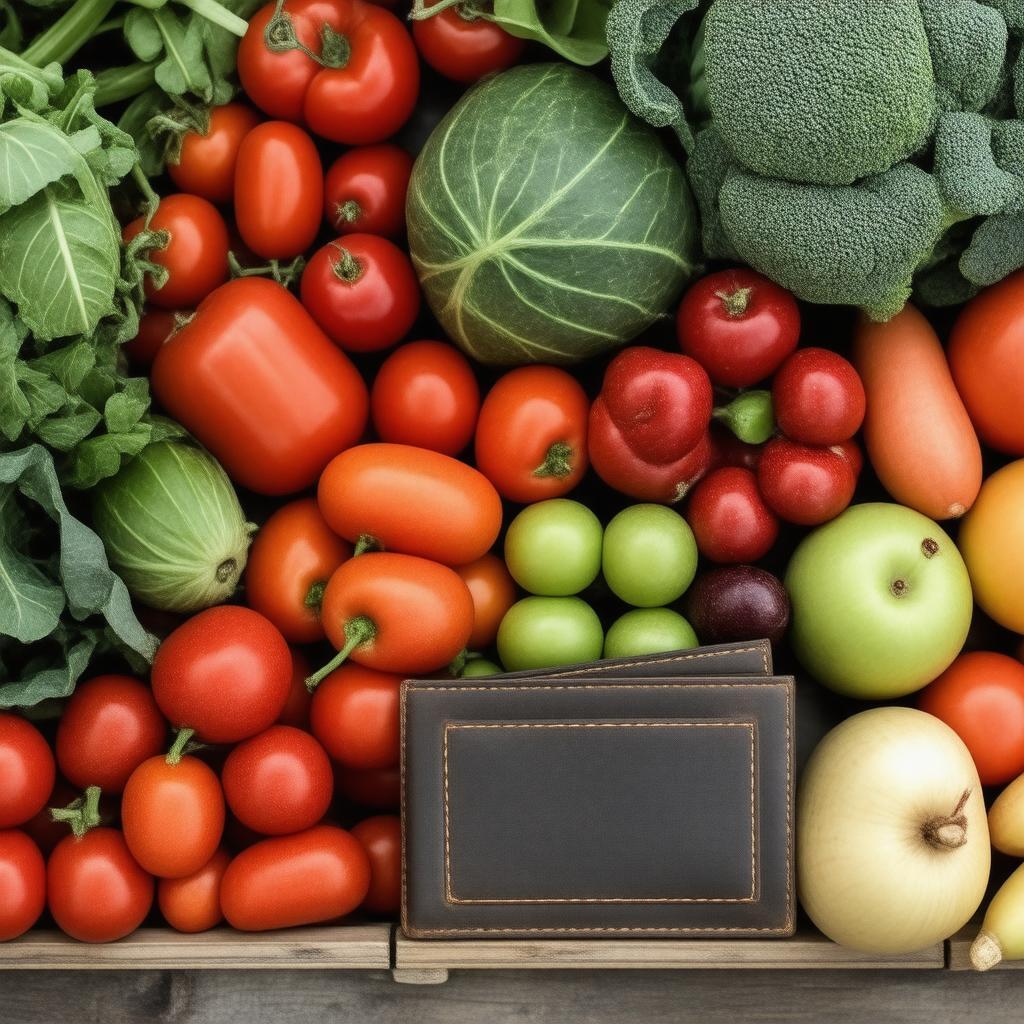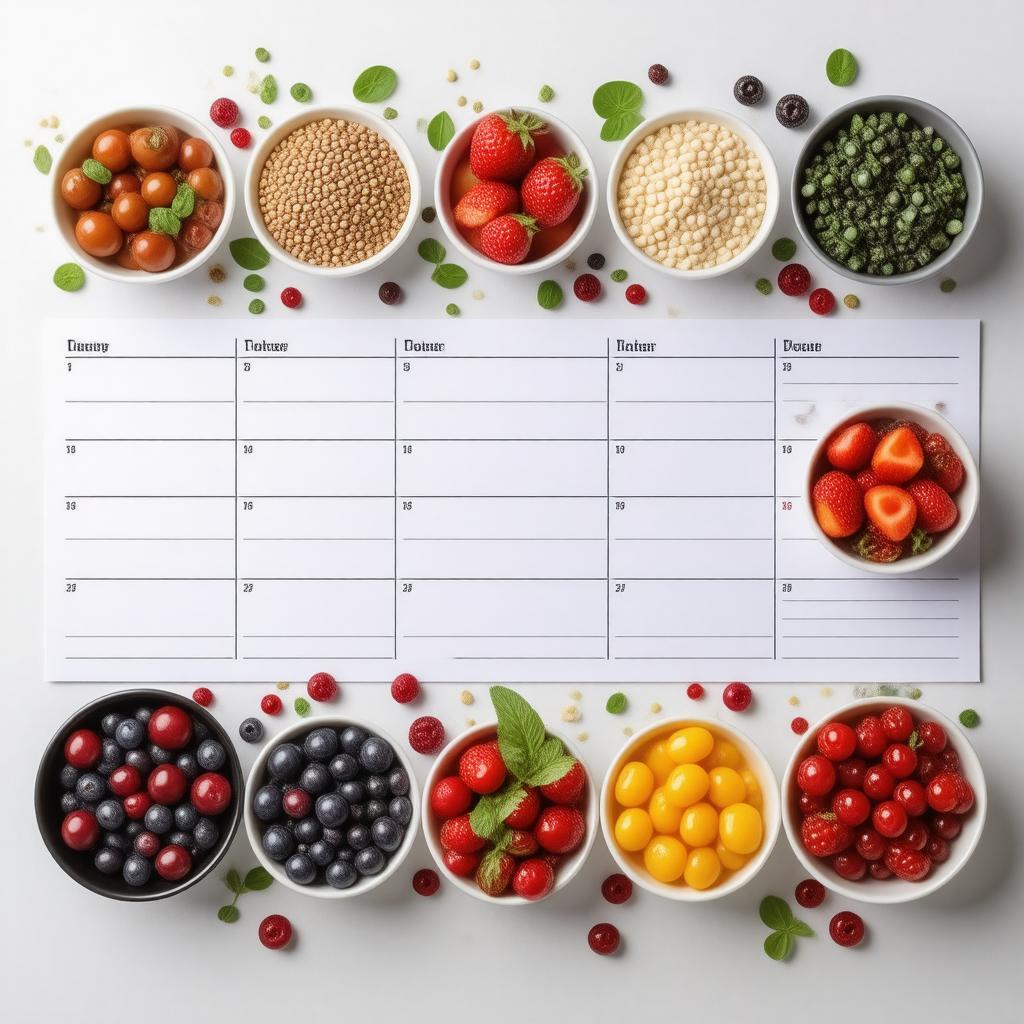Unlocking Your Inner Chef: 5 Easy Hacks for Healthy Eating on a Budget
Eating healthy doesn't have to mean emptying your wallet. In fact, with a bit of planning and some clever strategies, you can nourish your body with delicious and nutritious meals without breaking the bank. This guide will equip you with five simple hacks to make healthy eating affordable and enjoyable.

1. Master the Art of Meal Planning
One of the biggest culprits of overspending on food is impulse buying. When you don't have a plan, you're more likely to grab takeout or convenience foods, which can quickly add up. Meal planning is your secret weapon against these budget busters.
- Start with a list: Before heading to the grocery store, take inventory of what you already have and create a list of meals you want to eat for the week. Consider using a template or app to streamline this process.
- Embrace leftovers: Plan to cook larger portions and repurpose leftovers into new meals. Roasted chicken can become chicken salad sandwiches or be added to a stir-fry.
- Theme your meals: Designate specific days for certain types of cuisine (e.g., Meatless Monday, Taco Tuesday). This simplifies planning and can inspire creative recipes.
- Check for sales: Browse grocery store flyers and plan your meals around discounted items. This can lead to significant savings.

2. Become a Savvy Grocery Shopper
Once you have your meal plan, it's time to hit the store strategically. These tips will help you navigate the aisles and avoid unnecessary purchases:
- Stick to your list: Avoid impulse buys by adhering to your pre-planned list.
- Shop the perimeter: Fresh produce, meat, and dairy are typically located around the edges of the store. Focus on these nutrient-rich whole foods and limit processed foods found in the center aisles.
- Buy in bulk (wisely): Buying in bulk can save money, but only if you'll actually use everything before it spoils. Prioritize non-perishables like grains, beans, and frozen fruits and vegetables.
- Compare unit prices: Don't be fooled by larger packages. Check the unit price to ensure you're getting the best deal.
- Consider frozen and canned options: Frozen and canned fruits and vegetables are often just as nutritious as fresh and can be significantly cheaper, especially out of season. Just be sure to choose low-sodium and no-sugar-added varieties.

3. Embrace the Power of Legumes
Beans, lentils, and chickpeas are nutritional powerhouses packed with protein, fiber, and essential nutrients. They are also incredibly budget-friendly.
- Meatless marvels: Replace meat with legumes in some of your meals. Lentil soup, chickpea curry, and black bean burgers are just a few delicious examples.
- Bulk up your meals: Add lentils or beans to salads, stews, and soups to stretch them further and boost their nutritional value.
- Snack smart: Roasted chickpeas make a crunchy and satisfying snack that's much healthier and cheaper than processed snacks.

4. Cook at Home More Often
Eating out regularly can quickly drain your budget. Cooking at home allows you to control ingredients, portion sizes, and ultimately, the cost of your meals.
- Start simple: Don't feel pressured to create elaborate meals. Begin with basic recipes and gradually expand your culinary skills.
- Batch cooking: Prepare larger batches of meals on the weekend and freeze portions for quick and easy weeknight dinners.
- Make it a social event: Invite friends over for a potluck or cooking session. This makes cooking more enjoyable and can also reduce food waste.

5. Reduce Food Waste
Throwing away food is essentially throwing away money. Minimizing food waste is crucial for both your budget and the environment.
- First in, first out: Organize your refrigerator and pantry so older items are in front, ensuring they get used before they expire.
- Get creative with leftovers: Transform leftovers into new meals or freeze them for future use.
- Compost food scraps: Composting reduces landfill waste and can create nutrient-rich soil for your garden.
- Understand expiration dates: "Best by" dates are often indicators of quality, not safety. Use your senses to determine if food is still good to eat.

Conclusion
Eating healthy on a budget is entirely achievable with the right mindset and strategies. By mastering meal planning, becoming a savvy grocery shopper, embracing the power of legumes, cooking at home more often, and reducing food waste, you can nourish your body without sacrificing your financial well-being. So, unlock your inner chef and embark on a journey of delicious and affordable healthy eating!